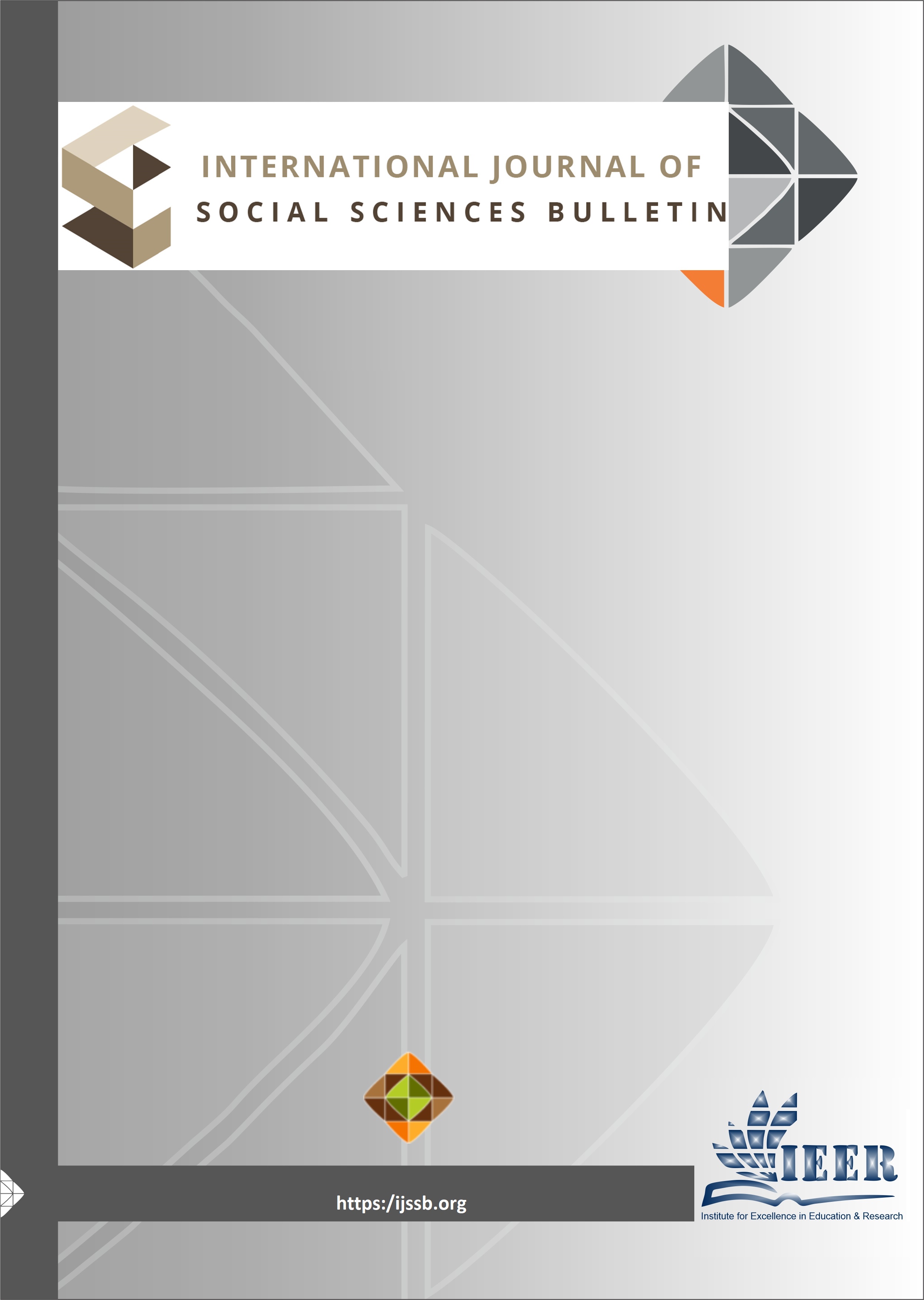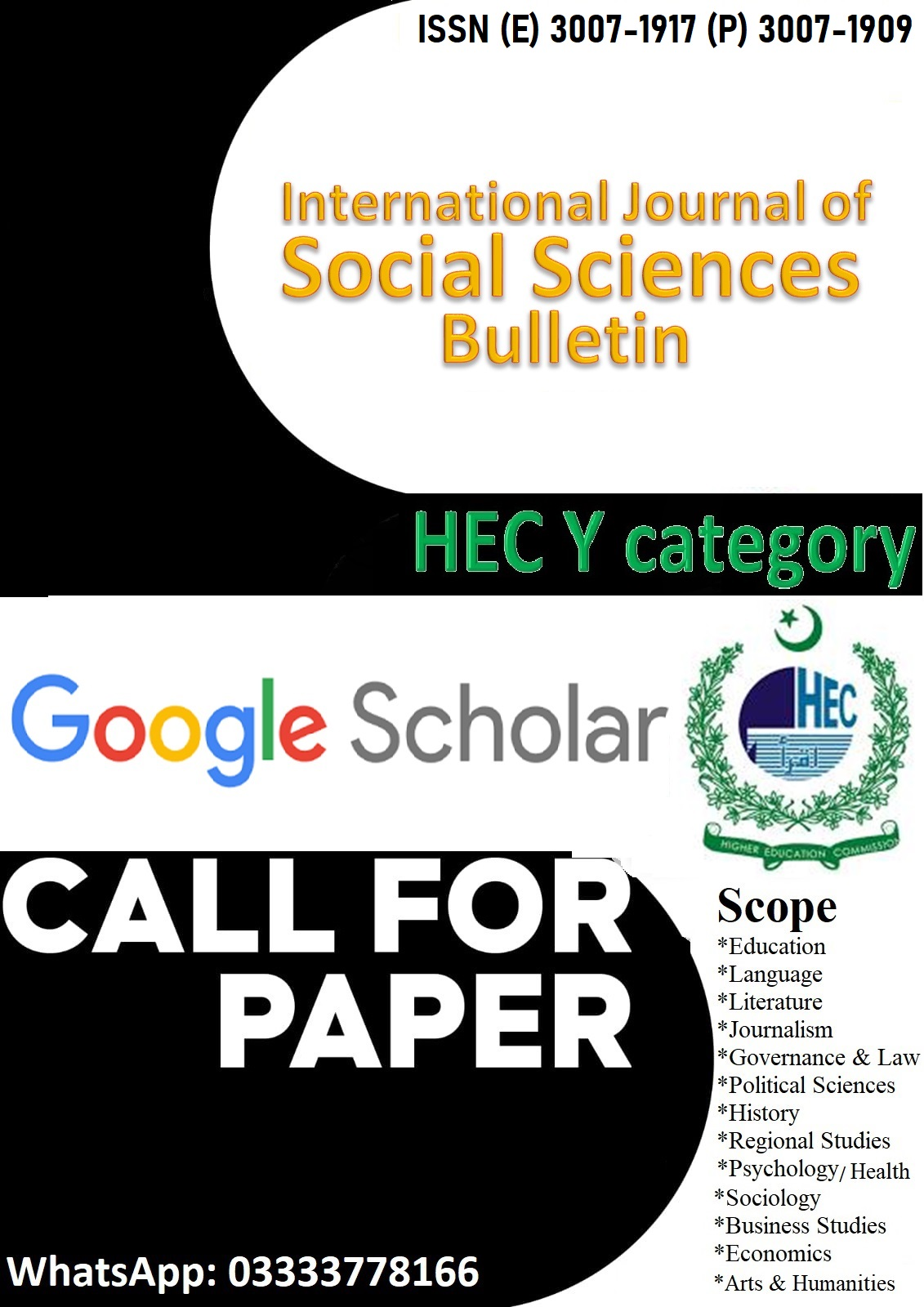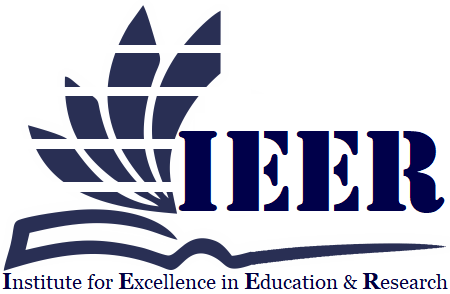AI-DRIVEN DEEPFAKE TECHNOLOGY LITERACY: DETECTION METHODS, AND IMPACT ON CREDIBILITY & TRUST OF JOURNALISM
Keywords:
Deepfake technology, AI, media trust, journalism credibility, disinformation, Artificial intelligence detection, media literacy, misinformationAbstract
Artificial Intelligence (AI) driven Deepfake technology is becoming increasingly prevalent today and poses a significant threat to journalists in terms of credibility and reliability of the media. Deepfakes, realistic images, videos, and audio generated with the use of Artificial Intelligence but are genuine fake, have become rampant. At first it was an entertainment tool and was noticed in the film industry, but after that deepfake started appearing in political circles: they use it to influence people and deceive them. This paper seeks to examine the awareness and understating of deep fakes in relation to media credibility, journalism principles and the sanctity of a news report. It explains how fake videos affect the society and looks into how one could tell whether the videos that they are using are real or fake. In addition, the study explores the possibilities of addressing the negative consequences of deepfakes, such as media literacy and the use of particular technologies. Finally, the paper outlines the strategies for journalism to embrace this new environment while endeavoring to stay truthful in the fake news world that is fast becoming a norm in the digital realm.
Downloads
Published
Issue
Section
License

This work is licensed under a Creative Commons Attribution-NonCommercial-NoDerivatives 4.0 International License.

















